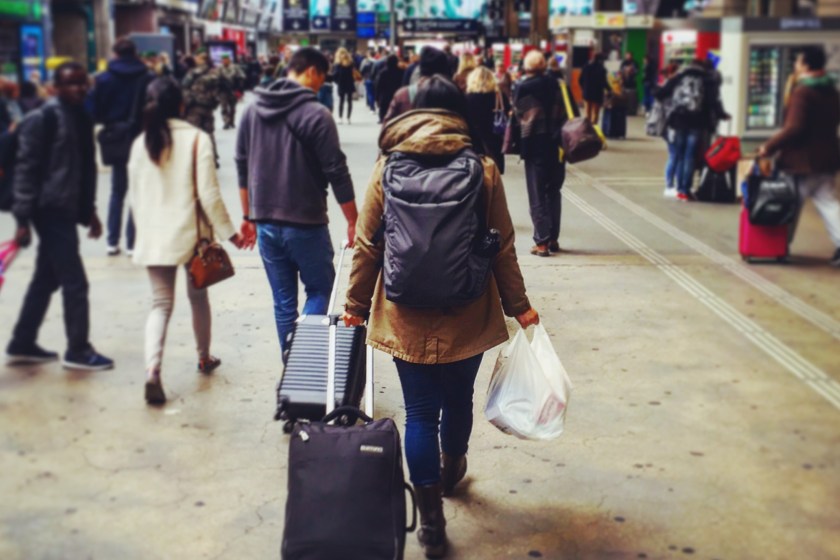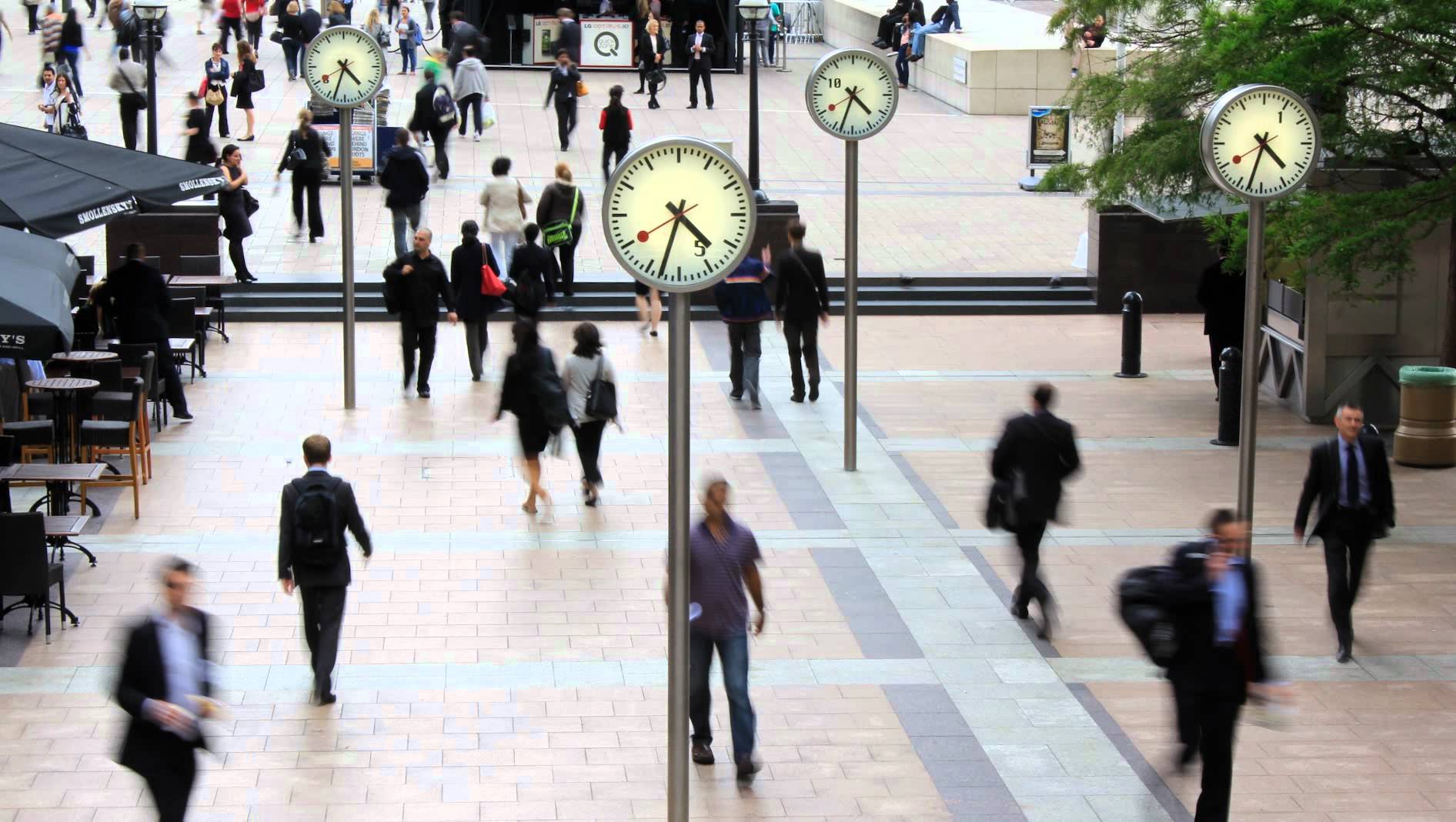There are three main travel seasons in Europe: High Season, Low Season and Shoulder Season. Each has its pros and cons. The travel season you choose will affect what you do, what you see, and how much money you spend.
You may not have realized that there are travel seasons, and they may not have anything to do with the weather. For the most part, travel seasons have to do with the increase and decrease in demand to visit specific destinations. For this blog, we’ll clue you in on these fluctuations and how they can affect your next vacation.
There are three main travel seasons in Europe: High Season, Low Season and Shoulder Season. Each has its pros and cons. The travel season you choose will affect what you do, what you see, and how much money you spend. It will influence the people you meet and the travel memories you bring home. The success of your trip to Europe will be determined not only by when you travel, but by the specific benefits each travel season offers. In this blog we will help you decide which season is best suited for your travel style.




Aviation Horizons Building # 197 , Mohammed Bin A. Al-Aziz street, Al-Andalus District Jeddah 21474, Saudi Arabia P.O. Box 16727
